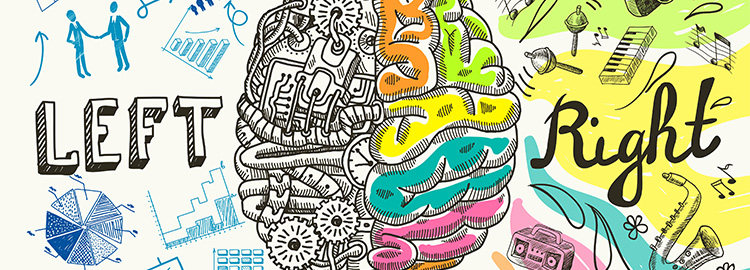With the rise of User Interface design, there has been some confusion about the difference between it and User Experience design. Both are important when designing an application or website, but each brings a different aspect to the finished product.
User Interface: how the user and a computer system interact, particularly the use of input devices, visual controls, gestures, and software.1
User Experience: the overall experience of a person using a product such as a website or computer application, especially in terms of how easy or pleasing it is to use.2
Many times, User Experience design is confused with User Interface design because of how closely they work together, so to explain both and the differences between the two, I’m going to tell a story.
The Journey to the Door
Once upon a time, there was a small town in the shadow of a mountain. The land was used up and desolate, so the people of the town had to travel to their neighboring towns to get food each week. This was a special town because in the mountain that shadowed the town was a door. This door was the entryway to a magical world that was rumored to have a magical power to grow things that were planted in the ground with a snap of a finger. Everyone wanted to explore the world but the door was high on the edge of a cliff and there was no path to get to the door. One day three people decided they would try everything they could to get to the door, so they gathered all their plans and ideas, and each began his or her journey to the door.
The first person decided to climb the mountain from the bottom up to the door, but on the first day had to turn back because he got a hole in his shoe.
The second person decided to take the long path on the far side of the mountain and repel down the cliff to the door. When he made it halfway down the cliff, he realized he didn’t pack enough rope so he had to turn back.
The third person decided to build a beautiful staircase up to the door so he could come and go as he needed, so he hired a team to come help him build his staircase to the door. When he made it through he found a place in the magical land to plant his garden. As soon as the seeds were planted – SNAP – all the seeds instantly grew into full plants covered with fruit and vegetables. The town rejoiced and never had to leave town for food again.
Journey to the Door: Explained
This is a story about the different experiences of three other people.
The first person never checked his gear, so he wasn’t prepared for the journey and had a bad experience.
The second person checked his gear but didn’t know how much rope he would need, so the gear was right, but his lack of planning negatively affected his experience.
The third person took his time and built a way to get to the top without interacting with the mountain. This provided a better experience not only for himself but also for anyone who wanted to get up to the door.
All three deserve credit for designing a trip; each had a user experience and developed a user interface to help them accomplish the journey. Two of them failed because the user interface (shoes, rope, etc.) didn’t fit the task at hand, which made them have a poor user experience and caused them to give up. The third not only considered the user interface (mountain, stairs, etc.) but considered the future users’ experience and came up with a good user experience for the town’s people to easily make the trip to the door without having to take long journeys each week.
Simply put, User Interfaces are the tools a person uses to accomplish a task or set of tasks, and User Experience is how a person feels when using those tools.
Wrap Up
Simply put, User Interfaces are the tools a person uses to accomplish a task or set of functions, and User Experience is how a person feels when using those tools. Based on this definition and the story, we can see that anyone can design a trip (an interface and an experience). However, only the design that accomplishes the goals and considers all aspects will let the user experience something magical.
Are you in need of the proverbial staircase to the magical door?
1“Google Definitions: User Interface.” Google Search. 3 March, 2015.
2“Google Definitions: User Experience.” Google Search. 3 March, 2015.


